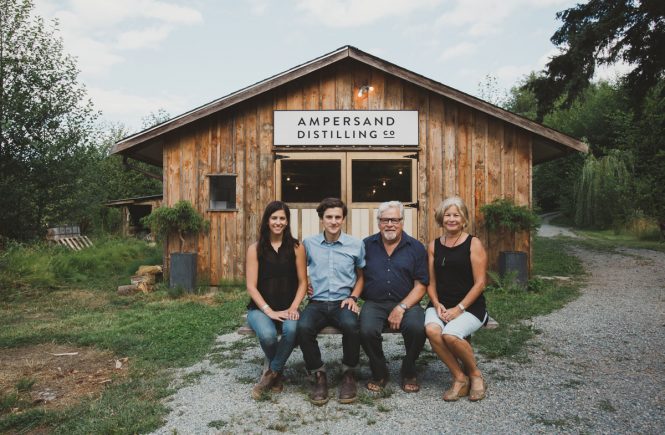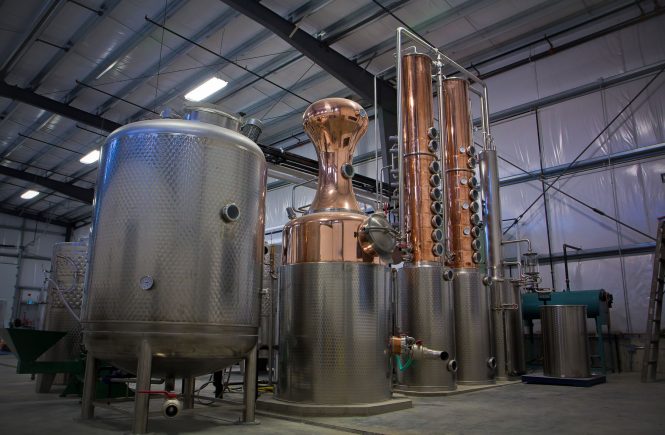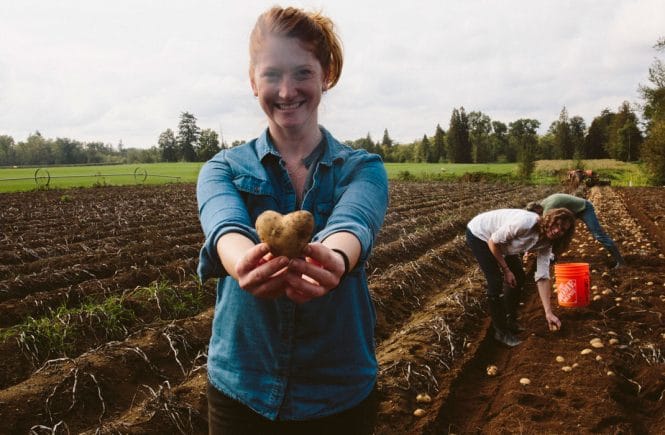Gin’s dark past comes to light as distillers go back to the drink’s barrel-aged roots
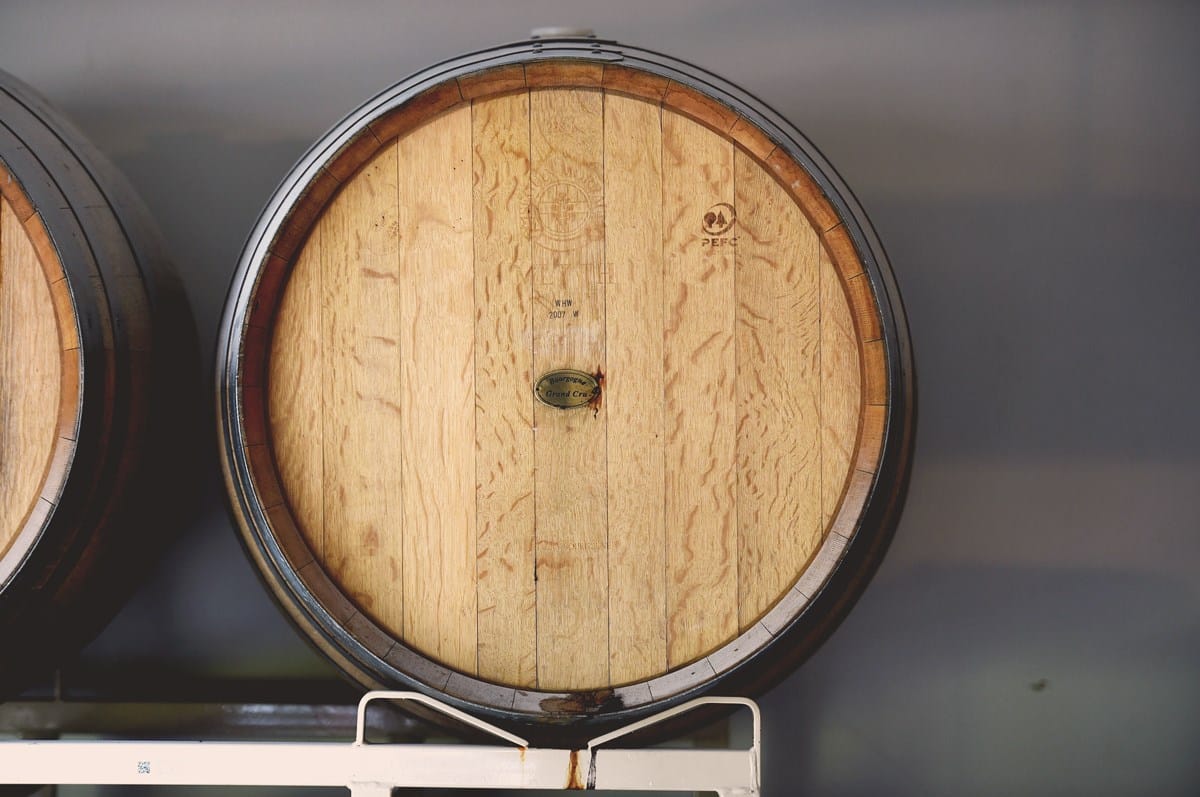
To the superstitious, a black cat is a bad omen. But to underground drinkers during Prohibition, spotting a sign depicting an old tomcat meant you’d hit the gin jackpot.
A precursor to the crisp and clear London dry gin, Old Tom gin was stored and shipped in wooden barrels, so it had a naturally darker hue. Sometimes it was sweeter or more resiny, thanks to the addition of sugar or, yes, turpentine. Swill or not, Old Tom was probably better than no Tom.
Thankfully, those murky days are done. Gin has seen the light. So, why are so many B.C. distillers resurrecting the juniper spirit’s shadowy past and aging it in wood?
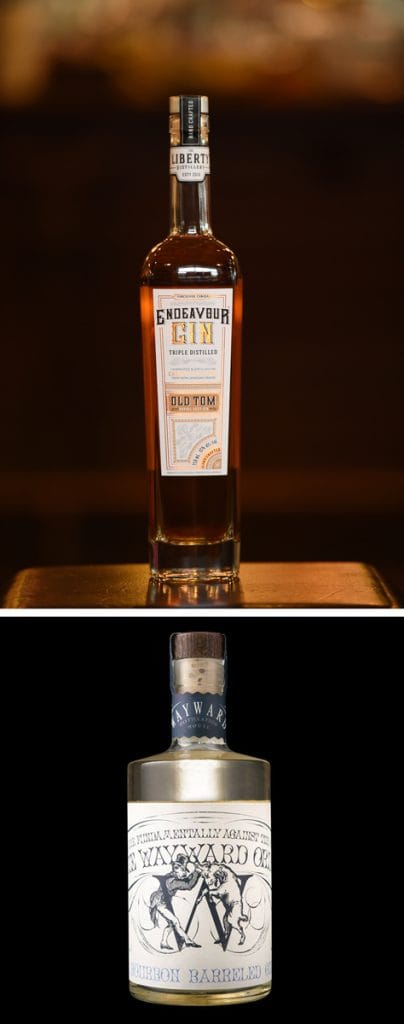
“It’s a West Coast thing,” says Dave Brimacomb, head distiller and co-founder of Wayward Distillation House in Courtenay. He’s explaining what spurred him to stash a batch of the distillery’s Unruly Gin in a 200-litre Basil Hayden’s bourbon barrel and let it sit for six months.
Blame our American cousins. They started stirring up the barrel-aged gin renaissance about five years ago.
“For me, it seems like a natural progression,” says Brimacomb. “I wanted get back to the roots of where gin comes from.” Gin, he says, lends itself well to barrel aging.
But isn’t something lost in this rediscovered spirit? Doesn’t the wood beat down gin’s botanical bite, making it mellow yellow? Unlike the Old Tom of yore, modern barrel aging isn’t about “fixing” bad gin but enhancing its complexity instead, by drawing more individual flavours out of the oak.
With its notes of vanilla and spice, barrel-aged gin invites comparisons to brown spirits like whisky and rum. And it’s arguably a gateway gin for juniper haters.
When making Wayward Order Bourbon Barreled Gin, “we resist the temptation [to use smaller] 30-litre barrels,” says Brimacomb. Larger barrels let the gin mature more traditionally, resulting in an aged spirit that’s lighter in colour, without the wood overwhelming the juniper.
As Brimacomb puts it: “More maturation, less alteration.”
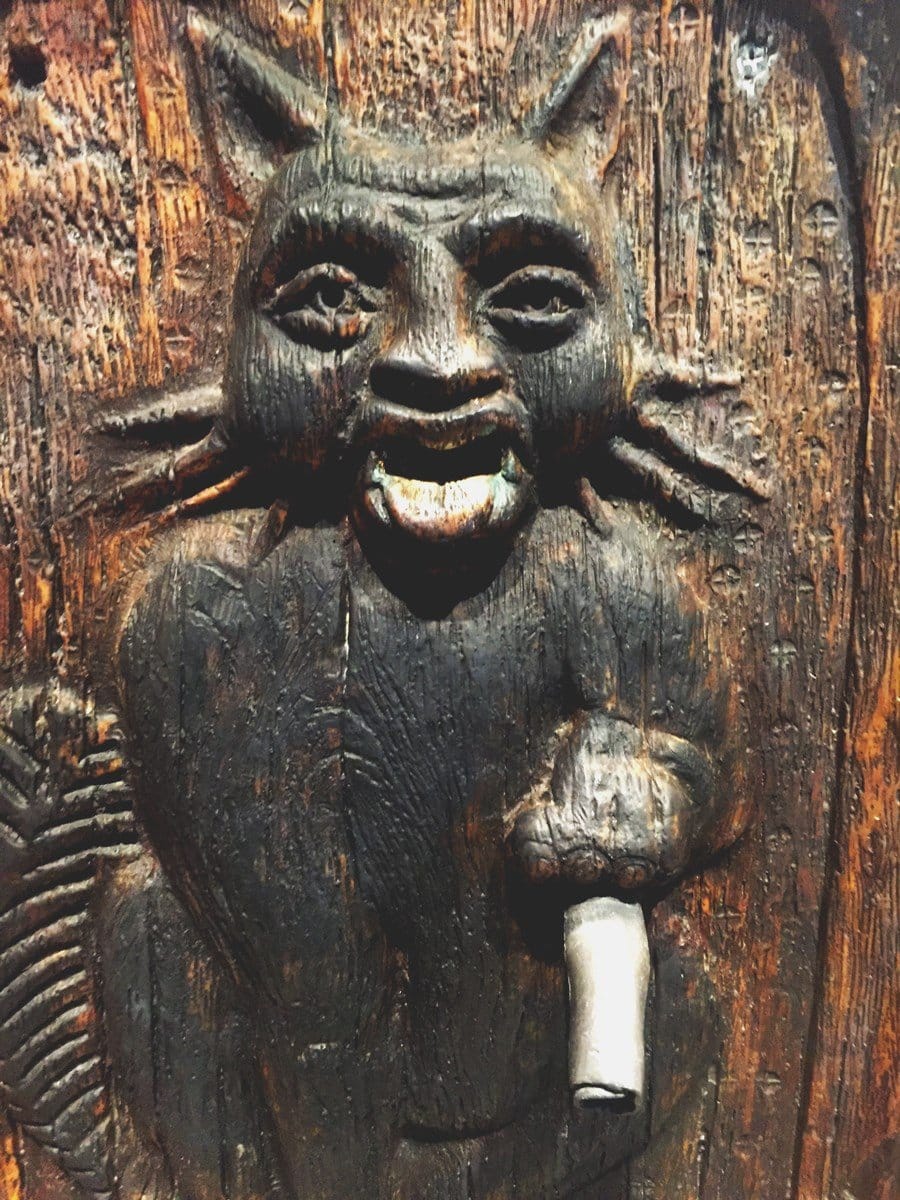
With its notes of vanilla and spice, barrel-aged gin invites comparisons to brown spirits like whiskey and rum. And it’s arguably a gateway gin for juniper haters.
But aren’t distillers gambling with a spirit that’s already a safe bet? Lisa Simpson, director of operations at The Liberty Distillery on Granville Island, disagrees.
“Part of our joy and fun is to convert the ‘nay’ gin drinkers into gin lovers,” she says.
The Liberty Distillery’s aim in making Endeavour Old Tom Gin was to pay homage to gin’s darker days with a more full-bodied and full-flavoured spirit. “Something that was really intense,” says Simpson.
It starts with the London dry-style Endeavour Gin, which has a base of 10 botanicals.
“Then we add another five to macerate. That was to lend more of a spicy Christmas cake-style character,” says Simpson. (One botanical is a tea grown in B.C. that also provides depth of colour.)
Then it goes into 220-litre French oak Chardonnay barrels, which have been used once or twice, and aged for four to six months.
Simpson says the modern take on the old method of barrel-aging gin is here to stay. She likes using her Old Tom in a Negroni or a Manhattan.
“The sweeter spice tones start coming through,” she says. “It’s not a sweet drink by any means, but very spirit forward. It’s easy sipping.”
Brimacomb also uses his aged gin to concoct a classic. “I’ve been drinking Old Fashioneds,” he says. “That’s been pleasing me a lot.”
TOM, MEET COLLINS: The first recorded mention of Old Tom was, rather appropriately, in a recipe for a Tom Collins cocktail in 1891.
—by Janet Gyenes


